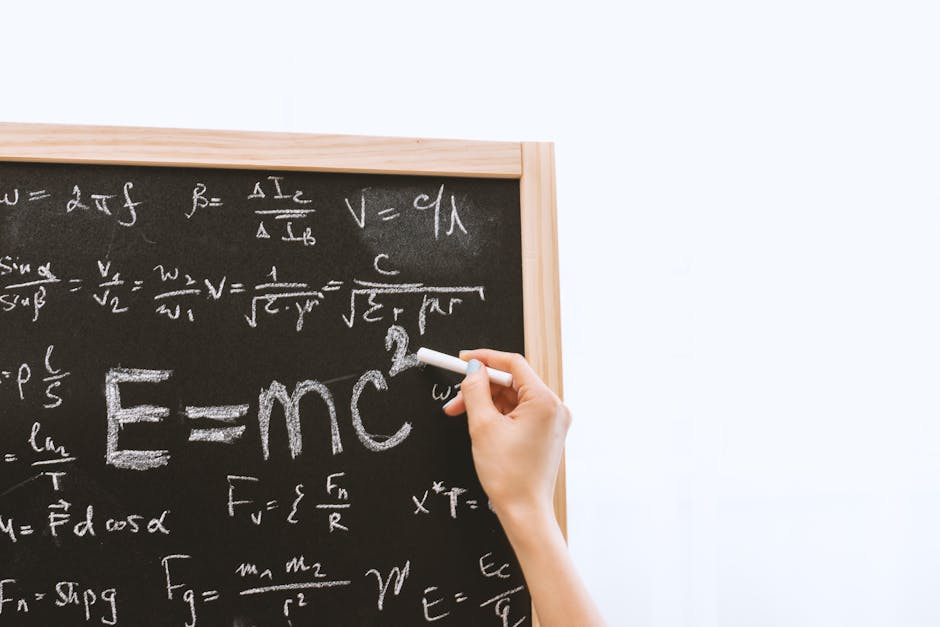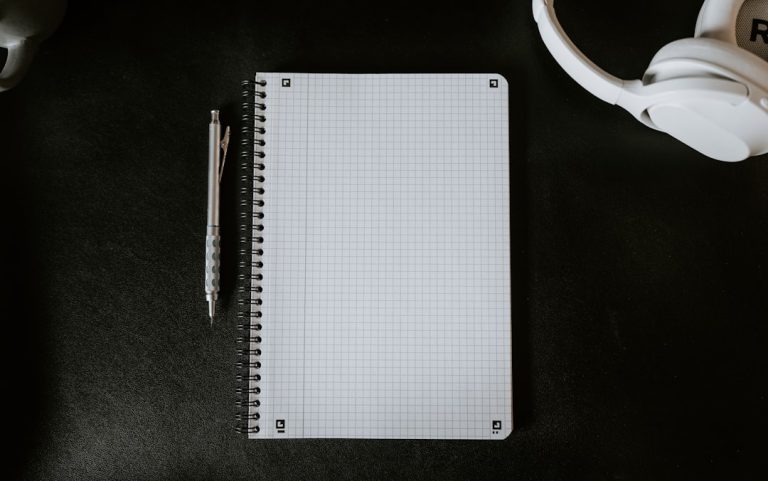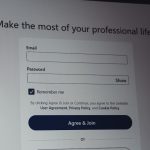The Benefits of Using a Physical Notebook for Daily Planning (my System)
In an increasingly digital world, where our screens constantly vie for our attention, the idea of ditching smart devices for a simple physical notebook might seem counterintuitive. We’re surrounded by apps promising peak productivity, seamless synchronization, and instant access to our schedules. Yet, for many, myself included, these digital marvels often fall short, ironically adding to the very overwhelm they promise to solve. This is precisely why I’ve wholeheartedly embraced the humble physical notebook for my daily planning, developing a system that has profoundly transformed my focus, clarity, and overall sense of accomplishment. It’s not just about writing things down; it’s about a deliberate, tactile engagement with your intentions, a mindful ritual that reclaims your day from the clutches of digital distraction. Let me share the profound benefits I’ve discovered and the simple yet powerful system that underpins my analog approach to daily planning.
Unplugging for Deeper Focus: My Notebook’s Digital Detox Power
The single most compelling benefit of using a physical notebook for my daily planning is its inherent ability to enforce a digital detox. When I open my planner, there are no notifications popping up, no tempting social media feeds a swipe away, and no emails begging for immediate attention. This creates a sacred, distraction-free zone that digital tools, no matter how well-designed, simply cannot replicate. My system begins with a conscious decision to step away from all screens, even for just 15-20 minutes, to lay out my day. This simple act of unplugging allows my brain to shift gears, moving from a reactive state to a proactive one. It’s a deliberate signal to myself that this time is dedicated solely to strategizing and prioritizing, free from the constant pull of the online world.
In my experience, this enforced separation leads to a significantly higher quality of planning. Instead of hastily jotting down tasks between browser tabs, I engage in a deeper level of thought. I can truly reflect on what needs to be done, why it’s important, and how it aligns with my larger goals. This isn’t just about avoiding distractions; it’s about creating an environment conducive to genuine focus and intentionality. The physical notebook becomes a gateway to a calmer, more concentrated mindset, preparing me to tackle my day with purpose rather than just reacting to external demands. It’s a powerful antidote to the fractured attention spans so common in our hyper-connected age, allowing for a clarity that digital tools often inadvertently undermine.
The Kinesthetic Advantage: How Handwriting Anchors My Daily Intentions
There’s a growing body of research highlighting the cognitive benefits of handwriting over typing, and this is a cornerstone of why my physical notebook system works so well. When I write something down by hand, my brain processes the information differently. It’s a slower, more deliberate action that engages multiple senses and motor skills. This kinesthetic engagement helps to solidify ideas and commitments in a way that typing, with its rapid, often mindless keystrokes, simply doesn’t achieve. Each stroke of the pen feels like an active commitment, etching the task not just onto the paper, but into my memory and intention.
For me, this means that when I write down my daily priorities, I’m not just listing them; I’m internalizing them. It’s a form of active recall and encoding that improves retention. I find myself remembering tasks and appointments more easily, even before I look at my notebook again, because the physical act of writing created a stronger neural pathway. This benefit extends beyond simple memory. The slower pace of handwriting encourages deeper thought and problem-solving. When I’m planning my day, I often find myself naturally brainstorming solutions or identifying potential roadblocks simply because the act of writing forces me to slow down and truly consider each item on my list. It transforms planning from a mere administrative chore into a dynamic, cognitive exercise. You can explore more about the cognitive benefits of handwriting.
Crafting Your Day, Stroke by Stroke: The Mechanics of My Analog Planning Ritual
My system isn’t complex; its power lies in its simplicity and consistency. It’s a daily ritual that takes place every morning, usually over a cup of coffee, before the digital world fully awakens. Here’s how I craft my day, stroke by stroke, in my physical notebook:

The Morning Brain Dump and Prioritization
- The Brain Dump (5 minutes): I start by opening a fresh page and simply writing down everything swirling in my head. This includes tasks, ideas, appointments, errands, worries, and even personal reminders. There’s no order or judgment; it’s purely about externalizing all mental clutter. This clears my mind and ensures nothing important is forgotten.
- Identifying the “Big Three” (5 minutes): From the brain dump, I identify my absolute top 3-5 priorities for the day. These are the tasks that, if completed, would make the day feel successful, regardless of what else happens. I often circle these or mark them with a star. This focus helps prevent overwhelm and ensures I allocate my energy to what truly matters.
- Time Blocking (5-10 minutes): Next, I rough out a schedule for my day, assigning blocks of time to my “Big Three” tasks first, and then to other appointments and less critical items. I don’t aim for perfection; it’s more about creating a realistic flow. I include breaks, meal times, and even dedicated “deep work” slots. This visual representation of my day helps me manage my expectations and avoid overcommitting.
The Evening Reflection
Before closing my day, I revisit my notebook for a brief reflection (2-3 minutes). I check off completed tasks, note down anything carried over to the next day, and sometimes jot down a quick win or a moment of gratitude. This simple act of reviewing provides a sense of closure, reinforces positive habits, and helps me learn and adjust for future planning. It’s a powerful way to acknowledge progress and mentally prepare for tomorrow.
My Go-To Tools: Simple Yet Effective
- The Notebook: I prefer a simple, un-dated dotted or lined notebook. This allows for maximum flexibility. I’ve experimented with various brands, but consistency in size and feel is what matters most for me. A good quality paper that prevents bleed-through is a must.
- The Pen: A smooth-writing gel pen or a fine-tipped rollerball makes the experience enjoyable. The tactile pleasure of a good pen flowing across paper is part of the ritual.
This system, while straightforward, provides an incredible structure and clarity to my daily life. It’s a personalized blueprint that I physically create each morning, allowing me to approach the day with purpose and intention.
Beyond the To-Do List: Cultivating Mindfulness and Clarity with Each Page
The benefits of my physical notebook system extend far beyond mere task management; it’s a powerful tool for cultivating mindfulness and mental clarity. The act of sitting down with my notebook, away from screens, is in itself a moment of quiet introspection. It forces me to pause, breathe, and consciously engage with my thoughts and intentions. This daily ritual acts as a mini-meditation, grounding me before the day’s demands take hold. It’s a deliberate step towards being present and aware, rather than constantly reacting to external stimuli.
Each page in my notebook becomes a canvas for self-awareness. As I write, I’m not just listing tasks; I’m often articulating my feelings, my concerns, or my aspirations for the day. This process helps me to identify potential sources of stress or anxiety early on, allowing me to address them proactively or simply acknowledge them and move forward. The physical record also serves as a tangible representation of my


